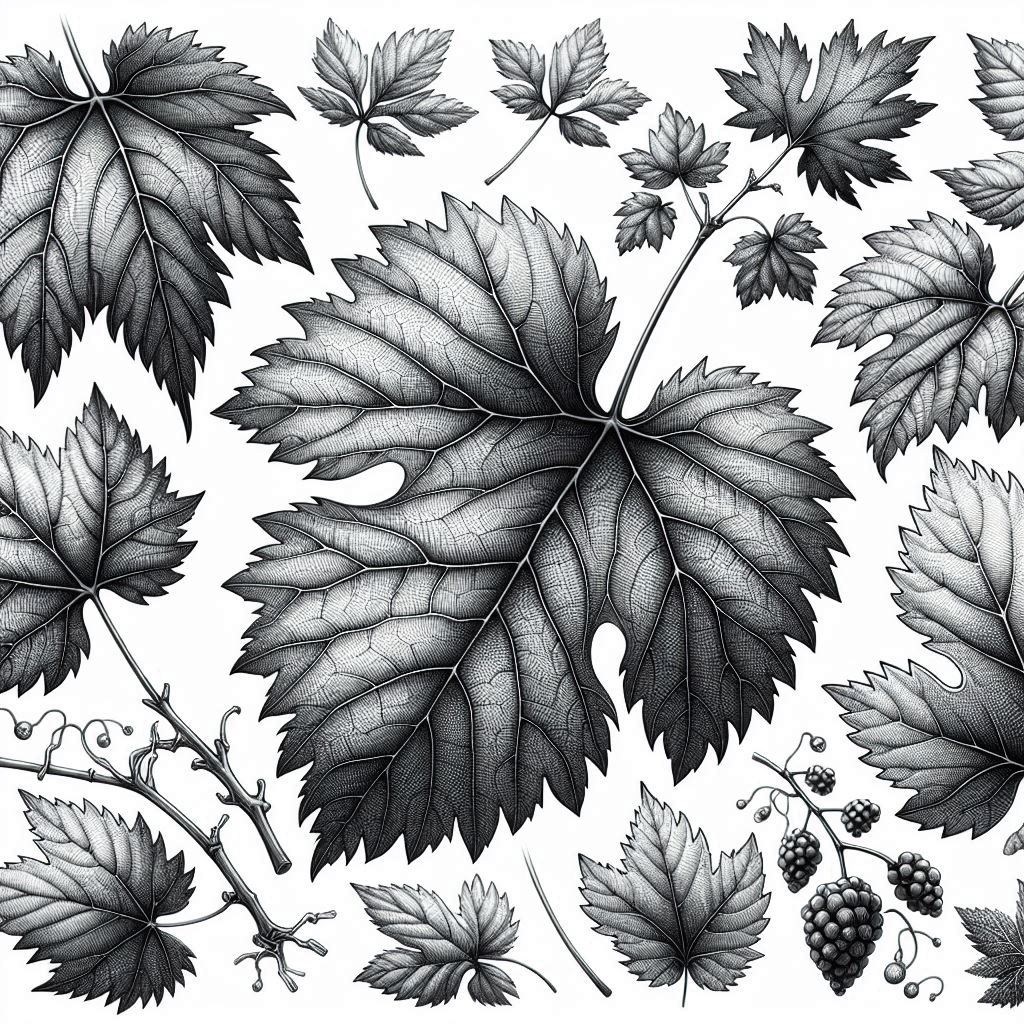
Selection Numbers - Clonal Families - Registration Status
|
How Selection Numbers are Created The term "selection" simply means the material was sourced from a single vine. Selection numbers in the FPS foundation vineyard are assigned sequentially for a given variety. For example, the first Sauvignon blanc selection introduced to FPS in 1958 was named Sauvignon blanc FPS 01. The next arrival was named Sauvignon blanc FPS 02. With the advent of tissue culture techniques, decimals were added to selection numbers to indicate plants created from tissue culture. For instance, Cabernet Sauvignon FPS [01.1] represents the first tissue culture excision of Cabernet Sauvignon FPS [01], while Cabernet Sauvignon FPS [01.2] represents the second. Prior to this, each new propagation from the initial mother vine was given a new whole selection number. Clonal families group selections derived from the same source vine. This often means that selections with different historical numbers are now unified under a single clonal family. For example, Pinot noir [72] and Pinot noir [93] share the same source vine but were created prior to the decimal notation standard. These are now grouped together as part of the same clonal family and both may end up on an order. The clonal family tells us this has the same genetic source. FPS has switched our grape collection management and sales to this clonal family system. This change allows for more efficient use of space and makes it far easier to fulfill requests because it recognizes that due to previous numbering methods, many selections share the same genetic source. Some FPS selections are official clones from European clonal programs and retain their original European clone numbers for consistency. For example, Cabernet Sauvignon 685 from France is sold as Cabernet Sauvignon ENTAV-INRA® 685 at FPS. The authenticity of these trademarked clones is verified by their European owners, such as the IFV program in France. Registration Status Definitions Provisional Status Provisional Status is an important term used in the regulations of the California Department of Food & Agriculture's Grapevine Registration & Certification Program. Grapevine selections with Provisional Status have successfully completed all required disease testing, but have not been confirmed as true to variety. Propagation material from Provisional selections qualifies for release subject to the understanding on the part of the customer that the identity has yet to be confirmed. Registered Status Registered is the ultimate status in the California Department of Food & Agriculture's Grapevine Registration & Certification Program. Registered selections have successfully completed all disease testing required by the regulations. Registered selections have also been confirmed as true to variety by experts using visual observations, DNA-based testing or both. |
FPS Clonal FamiliesClonal families are groups of plants that originate from the same genetic source. Over the years, naming conventions for grape selections at FPS have changed significantly. At one point, any new propagation, heat treatment, or other process resulted in a new selection number. With that system, one introduction could have 3, 4, 5 or even more selections made from the exact same material. This is very different from today's standard of using decimals to denote different groups within the same selection- [10.1], [10.2], etc. As we have been doing research to refine our grape collection, we have seen this issue often enough to know that it was very confusing to know which selections were essentially duplicates of each other. As a result, a new categorization system 'clonal families' was developed, grouping plants based on their lineal descent of source material. The FPS selection listing now combines clonal families that may have previously had very different selection numbers. For instance, Shiraz [01] underwent various tests and treatments to create Shiraz [02]-[07], which share the same genetic source to each other, and to [01]. Using the current numbering method, these would have been labeled Shiraz [01.1]-[01.6], reflecting the same material.
In order to convey this relationship, these selections have been unified into a single clonal family. This process consolidates source genetics into one family. The management of the grape collection and sales now follow this updated naming convention, allowing for more efficient use of space and a more accurate representation of the collection. You will notice that an order for Shiraz [01] may be filled with Shiraz [02] or Shiraz [03]. This is because their original source is identical, and it allows us to fulfill orders with the available material. In each case where we have combined multiple selection numbers into a clonal family, we have done extensive research to ensure this truly is the same material. The old method of numbering was causing a huge proliferation of 'selections' where using the clonal family is a better representation of what we are working with. 
|



